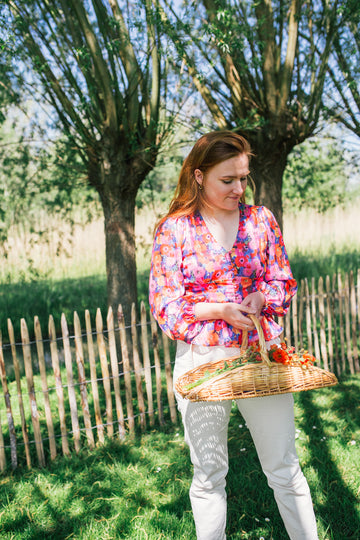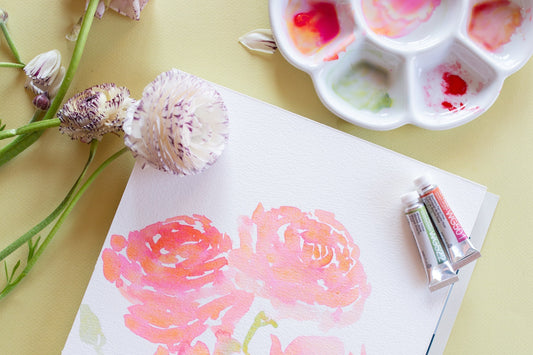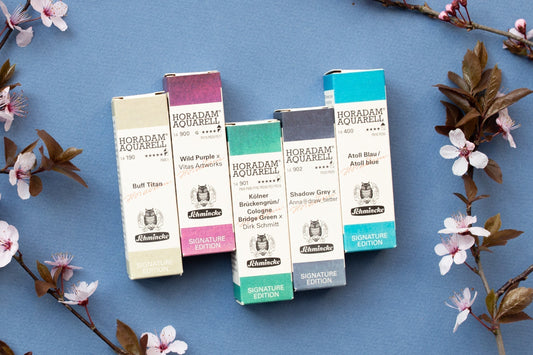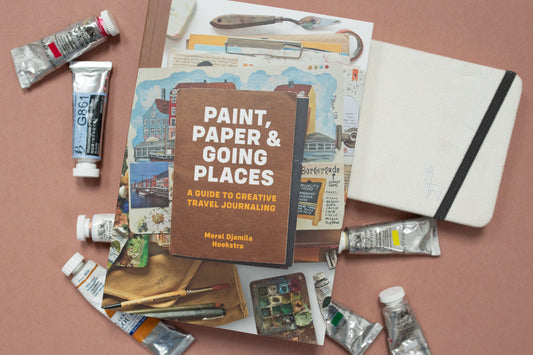I had already started painting on a canvas several times. That was already 6 years ago, and yup: that was on a canvas from Action. And you know what's fun? That was the best step you could take: not necessarily the step to Action ;), but it was the first step. To just try it out. That first threshold, make it as low as possible for yourself. As long as painting gives you pleasure, then it's fine. Just learn something new. I like to just do it and then learn. I'm glad that I have now found much nicer paint: but starting is the most important thing! :).
Fortunately, it is not complicated to start with acrylic. You can start very easily, you need 5 to 10 tubes of paint and a number of additional materials.
Of course you need materials to get started.
These are the basic materials for Acrylic paint:
1. Paint
At least 5: red, yellow, blue, white, black) Do you want to get started easily (and cheaply)? Then choose this Amsterdam acrylic set 120ml. If you want to work smaller, the set with 20ml tubes is also nice.
Tip: Learn to mix colors!
2. Brushes
Depending on how large you are going to paint, brushes are appropriate. If you are going to paint larger, these brushes from Amsterdam are nice. These have a longer stem. Are you going to work smaller? Then the Princeton Select and Velvetouch are both very nice. Only synthetic brushes are sold in our shop. Read why here.
3. A cloth, paper or panels
I personally prefer working with acrylic on canvas , such as canvas or linen. With a cloth you can work in many layers. A canvas is also already primed. An additional advantage is that you can easily start over on a canvas. Just add a new white or colored base layer and you can start again.
Paper is also a good option. Do you want to work on paper? First coat your paper with a layer of gesso: this will make the acrylic paint stick better. You use gesso to create a preparatory layer for your paint.
You can also work with acrylic paint on panels of canvas. I don't have enough experience with this myself to share more about it.
4. A container for water
It's nice if it is a bit large, so that you can easily wash your brush. An old glass jar also works great.
5. Clean cloths
You can use a roll of paper towel to remove residual paint from your brushes. Or an old towel. You can use that towel again and again. So sustainable :).
6. Something to mix on
A mixing palette can be very simple, such as an old plate. Try to rinse away your remains with water as little as possible. It remains paint with a large part of acrylic (or plastic). What I like is a tear-off mixing palette. Once the remaining paint has dried, I can throw away the remains.
And then you only have to do two things:
- Order materials in the shop
- To start
Have fun!
Love,
Judith





